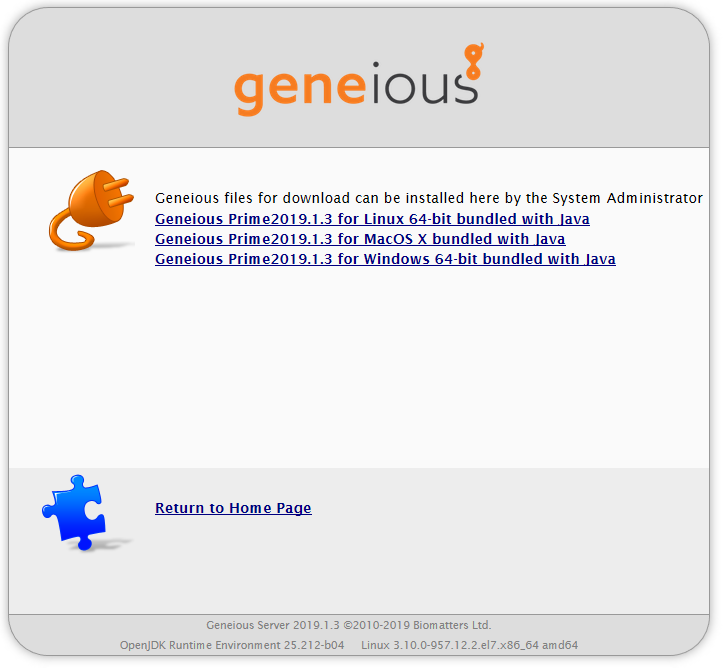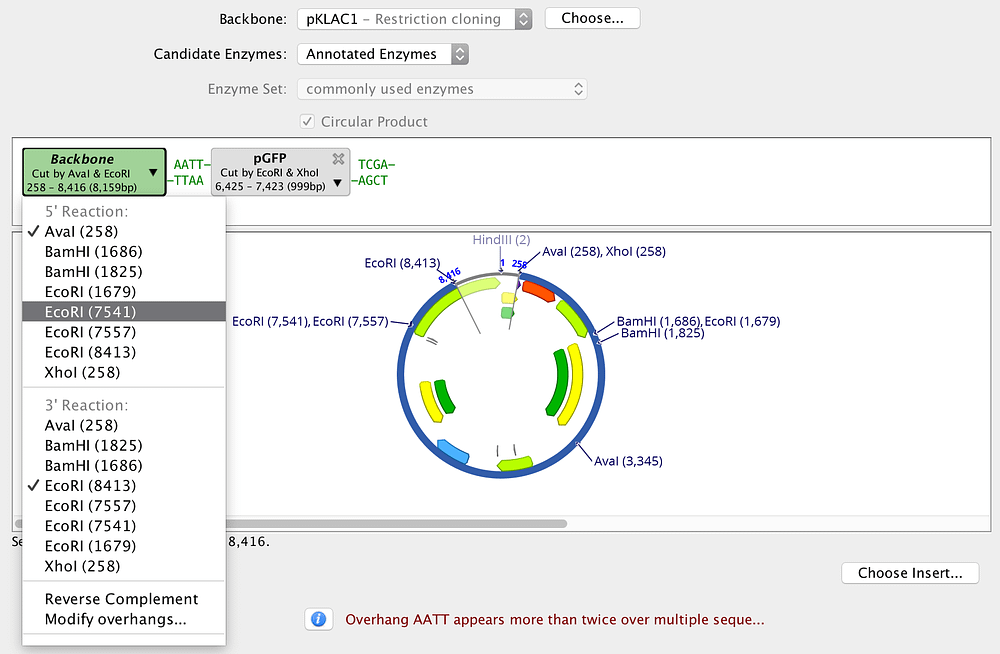

If a read at least partially intersects at least one interval from a CDS annotation, then it will be treated as though that read mapped to that CDS annotation. The above metrics are calculated by normalizing the count of reads that map to each CDS annotation. TPM = (CDS read count * mean read length * 10^ 6 ) / (CDS length * total transcript count) It is normalized by total transcript count instead of read count in addition to average read length. Transcripts per million (as proposed by Wagner et al 2012 ) is a modification of RPKM designed to be consistent across samples. Same as RPKM except if the data is paired then only one of the mates is counted, ie. RPKM = (CDS read count * 10^ 9 ) / (CDS length * total mapped read count) Reads per kilobase per million normalizes the raw count by transcript length and sequencing depth. Geneious calculates three expression level measures on individual samples, which are normalized so that genes expressed in the same sample can be compared:

To scroll through these annotations, click the arrows to the right of the annotation track name in the Annotations and Tracks tab.Įxpression measures need to be normalized to remove biases that can be introduced during sequencing, such as sequencing depth and length of the RNA transcript. You should now see only 29 annotations displayed, all of which are pink or red in color, indicating significantly higher expression of that gene in sample condition 2 than sample condition 1 (at p<0.01). A Differential Expression Confidence level above 2 equates to a p value of less than 0.01. Try filtering based on this field to find all the genes that show significantly higher expression in sample condition 2 than sample condition 1: Display the Annotations and Tracks tab to the right of the sequence viewer and type “Differential Expression Confidence”>2 (including the quotation marks) in the Search box, as in the screenshot below. By default, Geneious uses this value to color the annotations: from blue for under-expressed genes, through to white for genes that are not differentially expressed, through to red for genes that are over-expressed. The Differential Expression Confidence is the negative base 10 log of the p value, adjusted to be negative for genes that are under-expressed in sample 2 compared to sample 1, or positive for over-expressed genes. The Differential Expression p value tells you whether the differential expression observed is statistically significant. Mouse over the track name, and you’ll see the total read, transcript and fragment counts and the Min/Mean/Max RPKM, FPKM and TPM for that assembly. If you wish to color by a different property, select the down arrow next to the annotation track name and choose Color by / Heat map and choose the field you want. By default, annotations are colored based on the TPM property, ranging from blue for 0, through to white for the mean TPM, up to red for the highest TPM for any gene in the sample.

Select the first assembly again and take a closer look at the Expression annotation track. If you cannot see them, check that both tracks are enabled in the Annotation and Tracks tab to the right of the sequence viewer. You should now see two Expression annotation tracks (one for each sample condition) loaded on the reference sequence and both assemblies. one set of reads mapped to multiple chromosomes), then all contigs from that sample should be selected and run in a single step. However, if you have multiple reference sequences for each sample (e.g. If you select both assemblies and run the analysis on both at once, Geneious will assume that these are a single sample and your calculations will be incorrect. **Note that because these assemblies represent two different experiments, Calculate Expression Levels must be run separately on each one. Now repeat the analysis on the second assembly and save the results as before. To do this, go to Tools → Preferences and under the Appearance and Behavior tab click “Reset Questions”. *Note: if you don’t see the prompt asking if you want to apply changes to the original sequence, you will need to reset your preferences. Click Save and choose “yes” when asked if you want to apply this to the original sequence – this will load the annotation track onto the Reference sequence document. You should now see a new track created on the reference in the assembly called “Expression: Sample_condition_1”.


 0 kommentar(er)
0 kommentar(er)
